Meningitis is a life-threatening condition. It involves an inflammation of the protective membranes covering the brain and spinal cord. Meningitis is classified as a medical emergency. When a hospital failed to diagnose a case of Meningitis for a two year old patient, the family turned to New York’s toughest personal injury attorneys. The lawyers successfully proved that the medical negligence caused by hospital error resulted in the girl suffering from hearing loss, mental deficiencies likely due to brain damage and infection. Fortunately, the family was compensated $3,000,000. Read about other failures to diagnose and medical malpractice.
Photo by 4028mdk09 (Own work) [CC-BY-SA-3.0], via Wikimedia Commons
— — —
Unspotted meningitis caused deafness, child’s mother alleged (VerdictSearch)
Settlement Amount: $3,000,000
— — —
Court: Queens Supreme, Queens County, NY
Injury Type(s): other-meningitis; sensory/speech-hearing; loss of mental/psychological-cognition; impairment
Case Type: Medical Malpractice – Failure to Test, Failure to Diagnose
Date: June 23, 2008
Plaintiff Attorney(s):
Eric H. Morrison; Morrison & Wagner; New York, NY
Facts:
On Nov. 11, 1999, the plaintiff, a 1-year-old girl, was examined by her pediatrician, Dr. Bum Park. The baby was suffering a persistent fever, and Park determined that the fever was a product of tonsillitis. The baby’s mother was told that she could be reexamined when it became necessary.
During the ensuing hours, the girl’s fever reached 104 degrees Fahrenheit, and she began to vomit. She was transported to the emergency room of Elmhurst [N.Y.] Hospital Center. An X-ray revealed a potentially abnormal density of the little girl’s lungs, and doctors suspected that she could have been developing pneumonia. Thus, she was admitted to the hospital. Doctors also suspected that meningitis could have been developing, but they did not detect any abnormalities of the child’s meninges. She was administered an antibiotic.
During the third day of the baby’s hospitalization, a nurse observed that the child’s neck was stiffening. A test confirmed that the patient was suffering nuchal rigity — stiffness of the nape of the neck. Nuchal rigity is one of three symptoms of meningitis. The girl was also suffering a 102-degree fever. Doctors determined that a spinal tap would be performed if the fever persisted.
The child’s hospitalization ultimately lasted 14 days, and her body’s temperature always equaled or exceeded 100 degrees.
Two days after her discharge, doctors determined that the girl was suffering an acute and total loss of her ability to hear. A CT scan revealed that she was suffering damage of her ears’ cochleas. The child victim’s mother claimed that the damage was a result of untreated meningitis.
The mother, acting as parent and natural guardian, sued Park and Elmhurst Hospital Center’s operator, the New York City Health and Hospitals Corp. The mother alleged that Park and the hospital’s staff failed to diagnose the meningitis. She further alleged that the failures constituted medical malpractice.
Plaintiff’s counsel claimed that the girl’s nuchal rigity indicated that she may have been suffering meningitis. He contended that the symptom should have prompted immediate performance of a spinal tap or some other appropriate test. The plaintiff’s expert neonatologist opined that CT scans revealed that the cochlear damage was a result of ossification that was caused by a bacterial infection.
Park’s records did not clearly indicate the scope of his Nov. 11 examination of the child. He initially contended that the examination may have included performance of tests that detect meningitis, but he ultimately acknowledged that he could not recall having performed such tests. However, Park’s medical expert opined that Park’s treatment did not deviate from accepted standards of care. The expert also opined that the child’s permanent injury was not a product of Park’s actions or inactions.
Park’s counsel moved for summary judgment. The motion was denied, but the appellate division, Second Department, reversed. Thus, the matter proceeded against New York City Health and Hospitals.
New York City Health and Hospitals’ counsel contended that Elmhurst Hospital Center’s staff appropriately treated the patient. He claimed that the baby’s symptoms did not warrant additional treatment.
New York City Health and Hospitals’ also moved for summary judgment. He challenged plaintiff’s counsel’s submission of a supplemental bill of particulars, but his motion was denied.
Injury:
Plaintiff’s counsel claimed that the child victim suffered meningitis that caused damage of her ears’ cochleas. He contended that the damage led to an acute, permanent and total loss of her auditory ability. He noted that the loss occurred during the child’s early formative years, and he claimed that the resultant handicap impaired her cognitive development.
The girl’s mother sought recovery of damages for her daughter’s past and future pain and suffering.
Defense counsel contended that the child’s cochlear damage was a congenital defect.
Result:
The parties negotiated a $3 Million pretrial settlement.
— — —
Judge: David Elliot
Editor’s Comment: This report is based on information that was provided by plaintiff’s counsel. Defense counsel did not respond to the reporter’s phone calls.





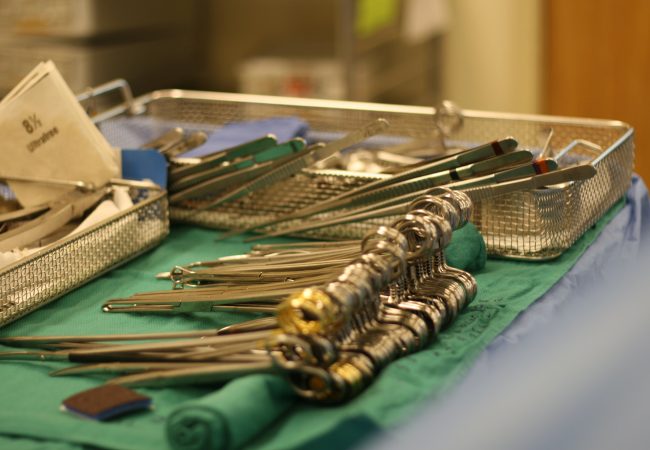
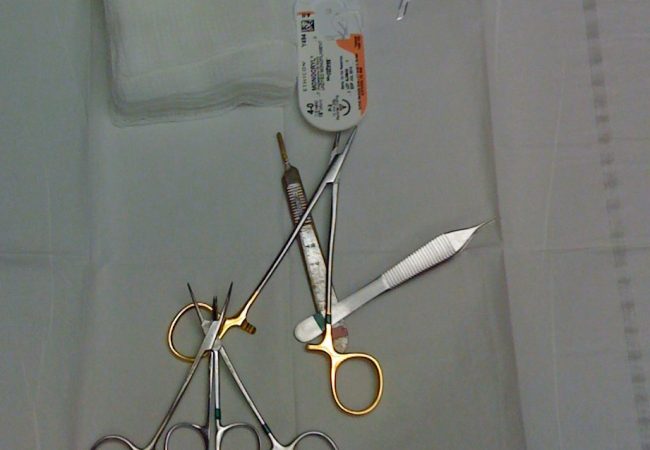

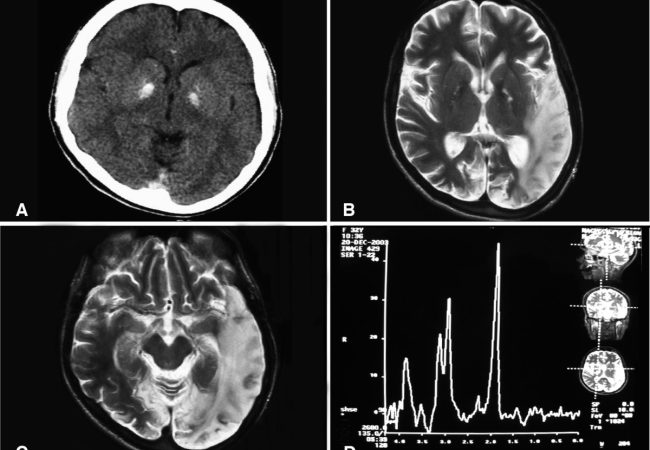
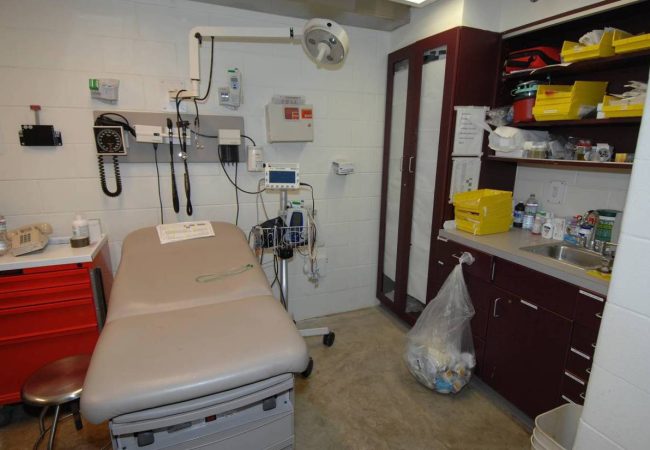
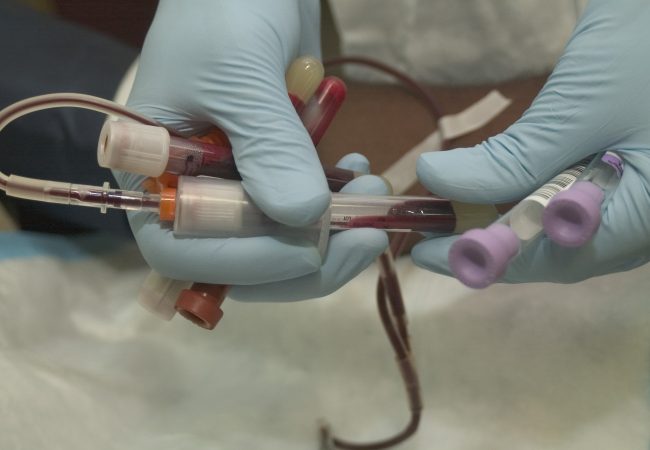
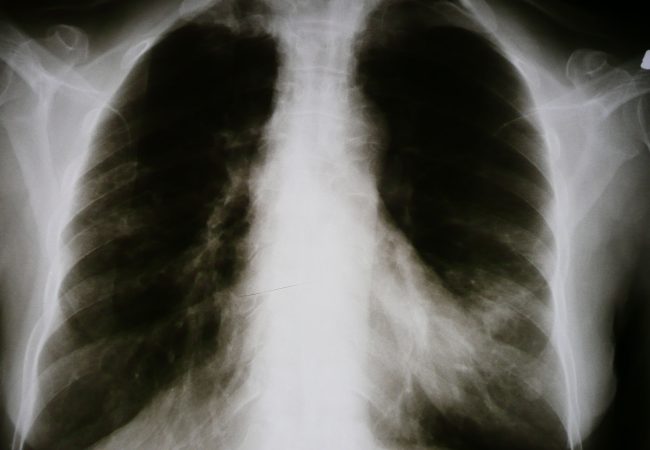
![Illustrative Photo by U.S. Navy [Public domain], via Wikimedia Commons](https://morrisonwagner.com/wp-content/uploads/MS1_on_stretcher-150x150.jpg)
![Photo for illustrative purposes only. Photo Credit: Billie Grace Ward [License]](https://morrisonwagner.com/wp-content/uploads/2022/02/fdny-ambulance-150x150.jpg)
![Photo for illustrative purposes only. Photo Credit via Mike Goad [License]](https://morrisonwagner.com/wp-content/uploads/2022/02/nyc-fire-scene-150x150.jpg)




